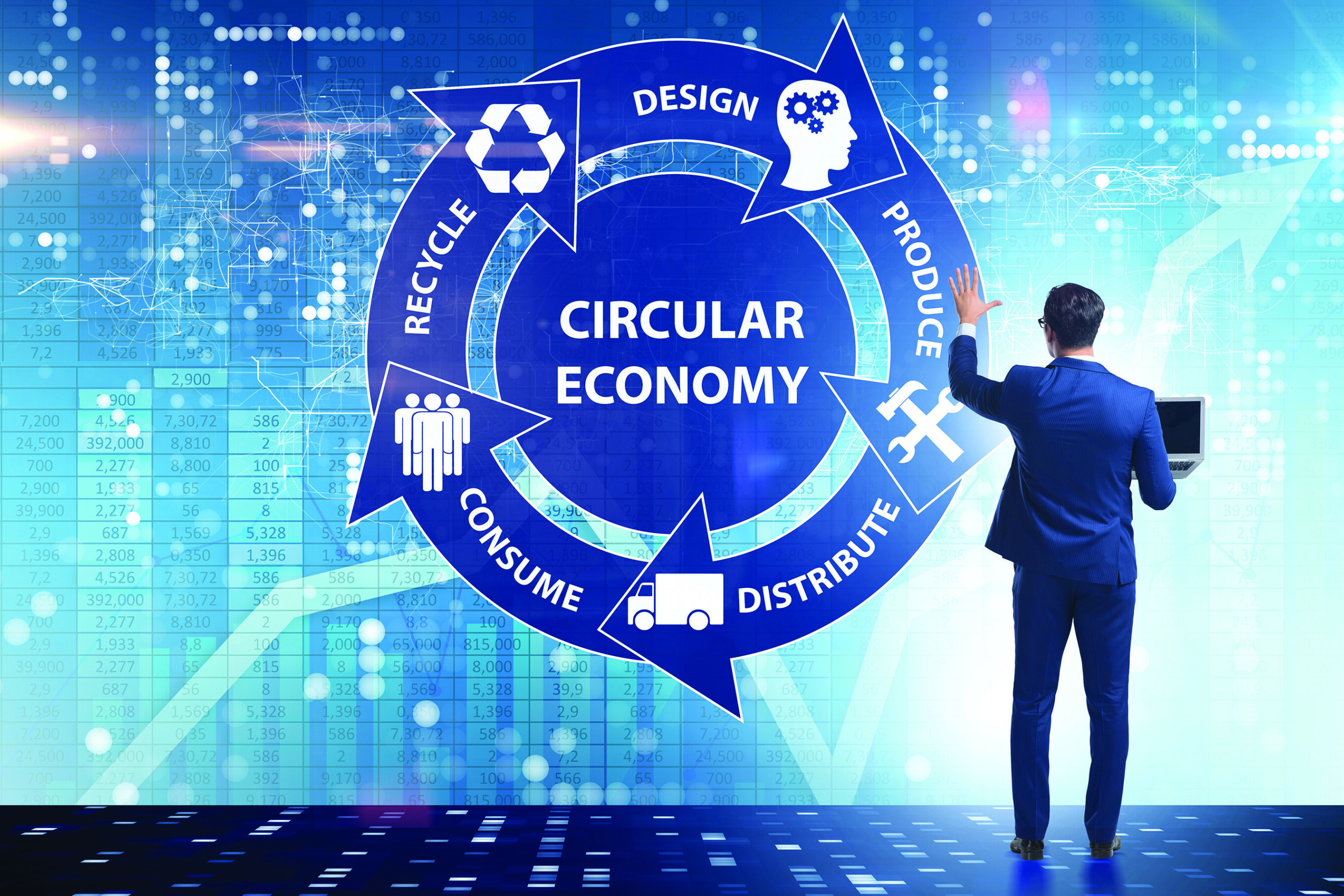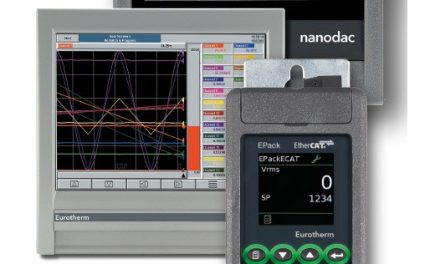By Rob Sinfield, VP Product Manufacturing and Operations, Sage
The recent COP26 conference hammered home the message that, if industry is to reduce its impact on the planet, it must act now. In fact, the UN has declared that responsible energy consumption should be the default approach from now on.
To achieve this, experts say that industries should join the circular economy model, in which waste is eliminated and recycling normalised. Manufacturers and distributors certainly see the value; Sage research shows that one in three organisations are attempting a circular economy strategy for long-term sustainability. This is a good step forward, given that this sector has traditionally been a major contributor to global emissions. But there is much work yet to do.
Implementing green and sustainable manufacturing and supply chain processes should be a priority, but for businesses to embrace the circular economy in a way that also reduces their costs and streamlines business, they will need to rely on technological solutions.
Gather as much insight as possible
One of the persistent challenges of boosting business sustainability has been the sheer complexity of modern organisations. Decision makers have a vast treasure trove of data and insights to draw from, produced by incredible numbers of IoT-connected devices installed across production lines and supply chains. However, most business leaders lack the time and resources to properly analyse this information.
Large and fragmented data infrastructures only make this problem worse. When data environments are siloed and not connected together, precious insight loses its value. A connected sensor could detect and report waste or inefficiency at a particular plant or factory – but if this information isn’t collated and shared, a business is powerless to stop it.
This is where ERP comes into play. ERP is a form of enterprise software that connects every aspect of business process. From supply chain through to customer relationship management, inventory to human resources – all core business data can be captured in one system. ERP could be considered the nervous system inside a business’s digital body. It connects all systems together so they can provide more value, and for longer.
Traditional ERP software has been in use since the 90s, but more recent cloud-based systems have dramatically improved the speed, flexibility and affordability of these solutions. ERP systems can now connect, exploit and provide visibility into every business system and part of the supply chain, courtesy of the Cloud. It’s this potential that is encouraging manufacturers to increase their spend in ERP to record amounts – peaking at $14bn by 2024.
Sustainability leads to success
The potential for ERP to improve industrial sustainability is enormous. Business leaders will have an unprecedented understanding of their organisations, with tools and analytics capabilities that help them identify waste and inefficiency fast and effectively. This could be anything from overproduction at a facility, to excess power consumption by a single machine or application. Once the problem has been discovered, managers can move quickly to resolve it. In this way, ERP-driven visibility is crucial for sustainable manufacturing and distribution.
Of course, it isn’t just the environment that benefits from lower emissions and reduced energy consumption. There’s a false dichotomy between sustainable approaches and business success. Indeed, it’s estimated that businesses globally could save $26 trillion by 2030 if they adopt more sustainable practices. Reeling from the disruption of the pandemic, manufacturers are focused on cost-cutting and efficiency, prioritising core activities and trimming the fat from operations. Less waste and reduced energy consumption can only minimise costs across operations as manufacturers spend less on materials and their energy bills.
ERP-driven operations also contribute greatly to business resiliency. The experience of the pandemic has shown us that supply chains can break, and all too quickly. But with ERP, manufactures and distributers are able to see where supply chain issues are emerging, and can rapidly pivot to source from different suppliers to mitigate the disruption. ERP also holds great potential for deploying future AI technologies. These solutions require immense quantities of data to function properly and drive value – but a centralised ERP platform, collecting data from across the organisation, can deliver it. ERP not only optimises, it futureproofs.
The future of sustainable business, today
The future of businesses which are sustainable in the long-term is founded on IoT, ERP and automation. Together, they harness existing data within manufacturers and distributors, increasing visibility of waste practices across the business, and producing insights which boost efficiency, drive sustainability and foster solid business resilience for the years to come.
This industry needn’t be well known for emissions production anymore. In fact, it can lead the way to a sustainable industrial future by demonstrating how technology is helping it eradicate pollution and waste in the optimal way; one which benefits both the business and the planet.



